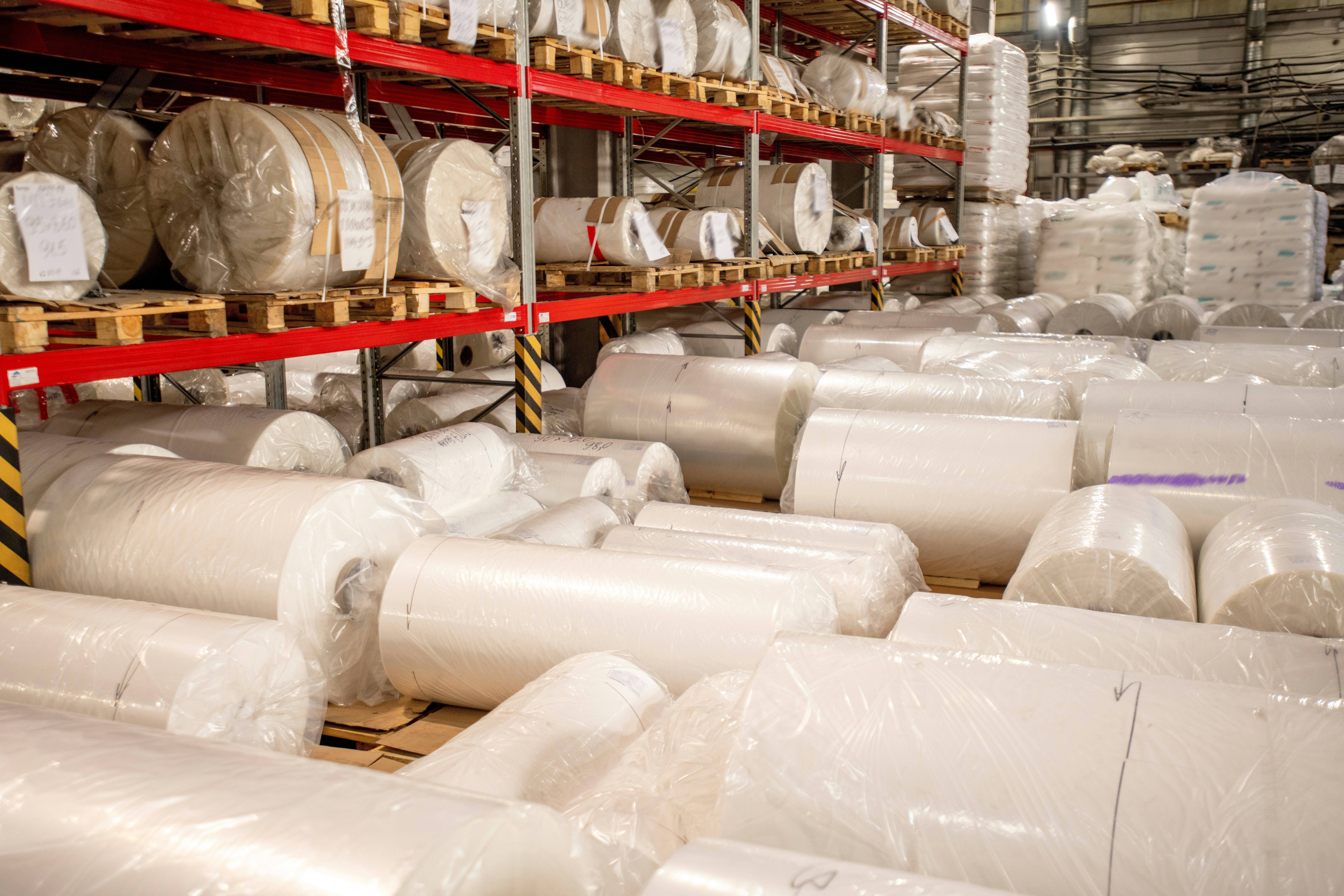
In today’s world, high-tech industries such as electronics, aerospace, and renewable energy drive significant advancements that shape our daily lives. However, the future of these industries hinges on a crucial factor that is often overlooked: the independence and stability of material supply chains. As the demand for cutting-edge technologies grows, reliable, resilient, and sustainable material sourcing becomes increasingly essential. Without strong, independent supply chains, these industries face many risks that could slow innovation and compromise their ability to meet global demands.
The Importance of Securing Material Sources
The backbone of any high-tech industry is its access to critical materials. These materials are essential for manufacturing everything from semiconductors to renewable energy systems. However, many of these materials, including rare earth elements and specific metals, are concentrated in a few regions worldwide. This creates a dependency on particular countries and territories, which can lead to disruptions in the supply chain due to geopolitical tensions, trade disputes, or natural disasters. Recent disruptions have already exposed the vulnerability of these industries, with manufacturers struggling to secure necessary resources.
To avoid these risks, high-tech industries must prioritize the creation of independent material supply chains. By diversifying the sources of their raw materials, industries can reduce the likelihood of being adversely affected by external disruptions. Independent supply chains mitigate risks and offer greater flexibility in responding to shifting market demands. By having multiple suppliers and sources of materials, industries can better manage unforeseen challenges and maintain a steady production pace.
The Role of Innovation in Material Sourcing
As industries strive to ensure their supply chains are independent, innovation is pivotal in transforming material sourcing strategies. Advances in material science, recycling technologies, and automation are helping to create more sustainable and reliable supply chains. For example, developing new methods for recycling critical metals such as lithium and cobalt can reduce dependency on mining and allow high-tech industries to meet growing demand without further straining natural resources.
Furthermore, the push toward alternative materials is gaining momentum. Researchers are constantly exploring new, more abundant materials that can replace rare earth elements and other scarce resources. These innovations help alleviate the pressure on existing supply chains and ensure the long-term sustainability of high-tech industries. Companies that invest in these innovations today are positioning themselves for a future where material sourcing is both environmentally responsible and economically viable.
Building Stronger Global Supply Networks
While securing material independence is a priority for individual companies, the future of high-tech industries also depends on stronger global supply networks. These networks involve collaboration among countries, businesses, and research institutions to ensure the smooth flow of materials across borders. Strengthening these global networks requires governments and businesses to work together to create policies that promote the free and equitable exchange of materials.
One way to build these networks is through trade agreements focusing on resource sharing and reducing tariffs on critical materials. By working together, nations can create a more secure and open market for high-tech industries, ensuring companies can access the needed materials without unnecessary delays or costs. Furthermore, global supply networks can facilitate sharing of technological advancements that improve material sourcing and efficiency, benefitting industries worldwide.
The Environmental Impact of Material Sourcing
As industries seek to build independent supply chains, they must also consider the environmental impact of their material sourcing. The extraction and processing of materials used in high-tech products can have significant ecological consequences, from habitat destruction to pollution. Therefore, high-tech industries must focus on securing a reliable material supply and prioritize sustainable practices that minimize environmental damage.
One way to achieve this is by investing in green technologies and processes that reduce the carbon footprint of material sourcing. For instance, companies can implement more efficient mining techniques that minimize waste and energy consumption. Additionally, embracing circular economy principles, such as reusing and repurposing materials, can reduce the need for new extraction and lessen the overall environmental impact. Companies that make sustainability a core part of their supply chain strategy position themselves better to meet the growing demands of environmentally conscious consumers and investors.
The Economic Implications of Independent Supply Chains
Beyond the environmental and operational benefits, independent supply chains have significant economic implications for high-tech industries. In an increasingly competitive global market, companies that rely on stable, local material supply chains position themselves better to control costs, improve production timelines, and ensure more consistent product output. In contrast, those that depend on foreign sources face the risk of price fluctuations, longer lead times, and the possibility of unforeseen trade barriers.
Moreover, developing independent supply chains can lead to job creation and economic growth in regions that host these supply networks. For example, companies investing in local mining operations, recycling centers, and material processing facilities can stimulate economic development by creating new employment opportunities. This, in turn, strengthens the overall economy and helps ensure that high-tech industries remain competitive on a global scale.
The Path Forward for High-Tech Industries
We must use a multifaceted approach to secure the future of high-tech industries. Companies must invest in innovative sourcing technologies, strengthen their global supply networks, and embrace sustainable practices to create a more resilient and independent material supply chain. Additionally, policymakers must support initiatives encouraging collaboration between industries, governments, and research institutions to ensure a steady flow of resources.
Ultimately, the industries that prioritize independence in their material supply chains will be the ones that lead the way in innovation, economic growth, and environmental responsibility. As technology advances and global demands for high-tech products grow, securing stable, independent supply chains will be essential for maintaining the momentum that propels these industries into the future.